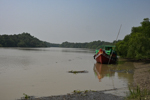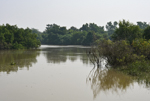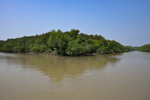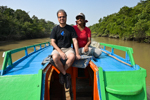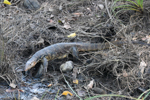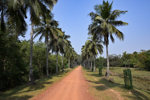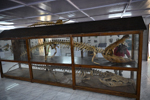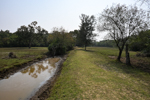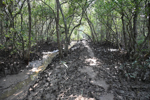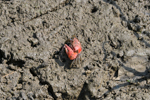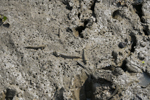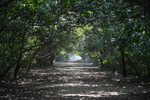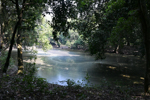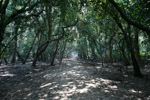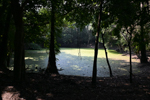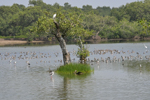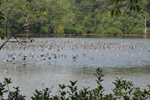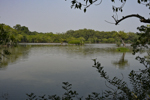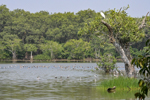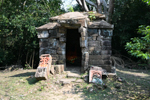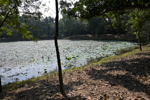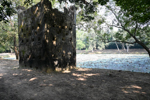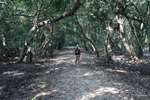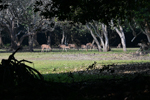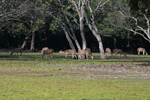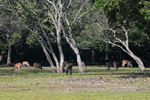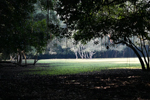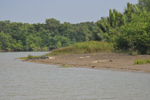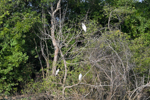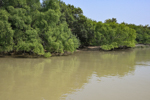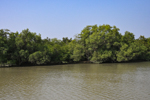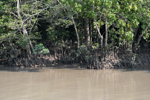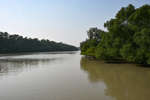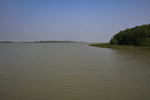Bhitarkanika National Park, Odisha, India (Nov 2022)
Spanning 145 sq. km, Bhitarkanika NP is sustained by the rivers Brahmani, Baitarani, Dhamra, and Pathsala. It is the second largest mangrove ecosystem in India (after the Sundarbans in West Bengal) and was designated a wetland site of international importance. The national park is home to the Saltwater crocodile – the largest living reptile in the world – and the Indian python, king cobra, black ibis, wild boar, leopard, rhesus monkey, chital, darter, monitor lizard, Olive ridley turtle, and many other species of fauna. The ecosystem seems healthy enough, and we were lucky to see Kalia, the octogenarian crocodile who, at 23 feet long, is said to be the largest reptile in the world.
Our boat for the day |
Visitors |
||
Estuarine crocodile (more) |
Monitor lizard |
||
Path near Dangamal |
Museum at Dangamal |
Walk near Dangamal |
|
Sambar deer |
Lurking croc (more) |
Red crab |
Mudskippers (more) |
Walk on annother island |
A pond on the island |
Forest vista |
Soupy pond in the forest |
A brackish lagoon (more) |
215+ bird species in NP |
Many migratory birds too |
A biodiversity hotspot |
A shrine (erotic carving) |
Another lagoon |
Former hunting house |
Six km forest walk |
Deer spotting on our walk |
Oblivious of visitors |
A bevy of deer |
Forest vista (more) |
Sunbathing crocs (more) |
Kalia, currently the largest |
View from the boat |
Mangrove ecosystem |
Mangrove roots |
Brahmani River |
Designed in collaboration with Vitalect, Inc. All rights reserved. |









